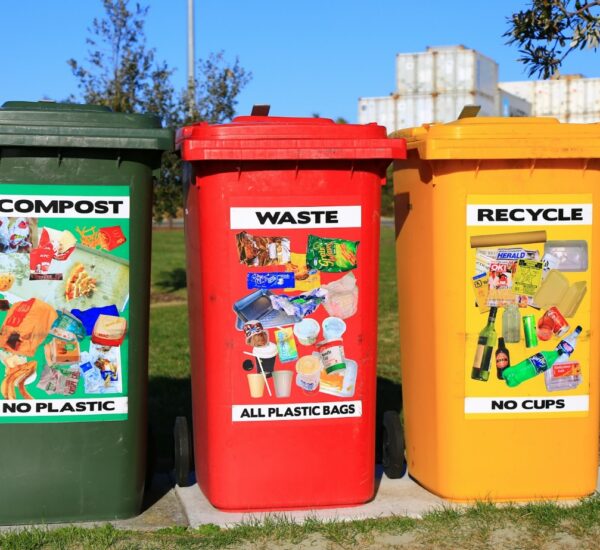The National Waste Policy heralds a coherent, efficient and environmentally responsible approach to waste management in Australia. The policy, agreed by all Australian environment ministers in November 2009, and endorsed by the Council of Australian Governments, sets Australia’s waste management and resource recovery direction to 2020.
Why we need a National Waste Policy
Australian governments have a long history of collaboration on waste policy and actions. The first comprehensive domestic approach to waste was agreed under the 1992 National Strategy for Ecologically Sustainable Development by the Council of Australian Governments. Governments committed to improving the efficiency with which resources are used, reduce the impact on the environment of waste disposal, and improve the management of hazardous wastes.
However, waste generation has continued to grow, and our increased efforts at recycling and reuse are not keeping up. Waste generation has increased by 31 per cent to 43.8 million tonnes over the period 2002-03 to 2006-07. Hazardous waste generation (as defined under the Basel Convention) has doubled from 0.64 million tonnes to 1.19 million tonnes per annum over the period 2002-03 to 2006-07 and now appears to have stabilised. Resource recovery from waste has increased over this period to 22.7 million tonnes.
The nature of waste has changed, with more complex goods now a significant component of landfill. The changing nature of the waste stream is affecting our capacity to recover materials from discarded products.
This National Waste Policy builds on earlier commitments and responds to the new waste environment, the policy covers wastes, including hazardous wastes and substances, in the municipal, commercial and industrial, construction and demolition waste streams and covers gaseous, liquid and solid wastes. Radioactive waste is excluded.
Aims of the National Waste Policy
The aims of the National Waste Policy are to:
- avoid the generation of waste, reduce the amount of waste (including hazardous waste) for disposal
- manage waste as a resource
- ensure that waste treatment, disposal, recovery and re-use is undertaken in a safe, scientific and environmentally sound manner, and
- contribute to the reduction in greenhouse gas emissions, energy conservation and production, water efficiency and the productivity of the land.




